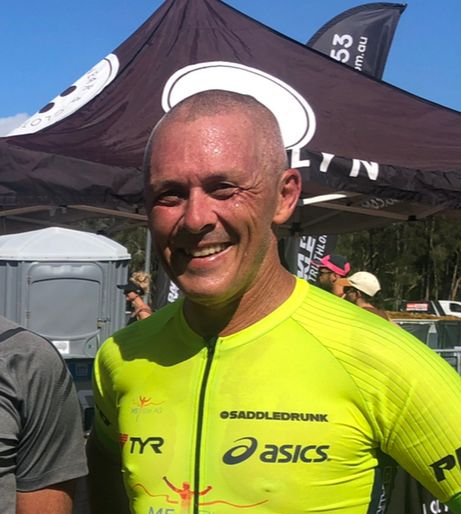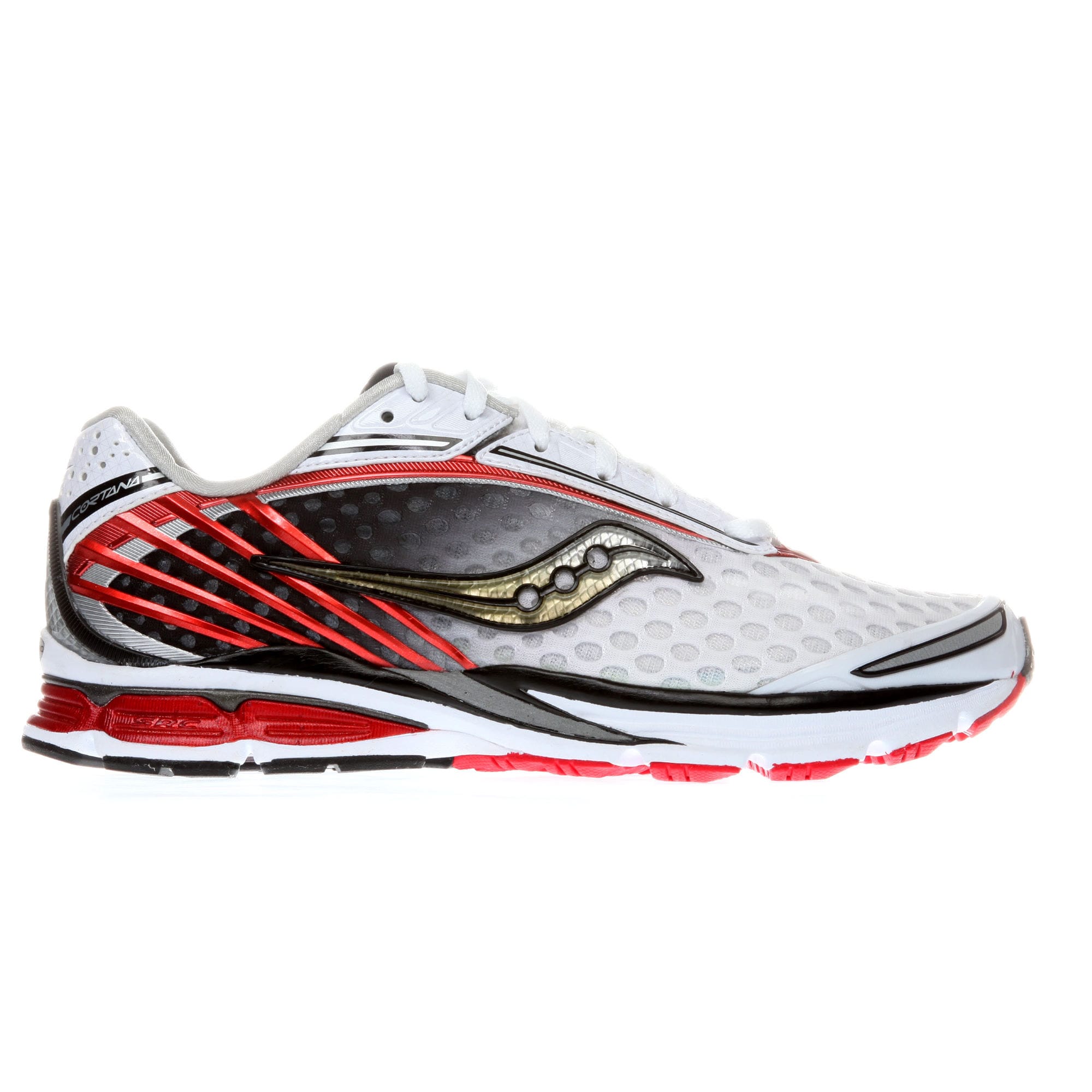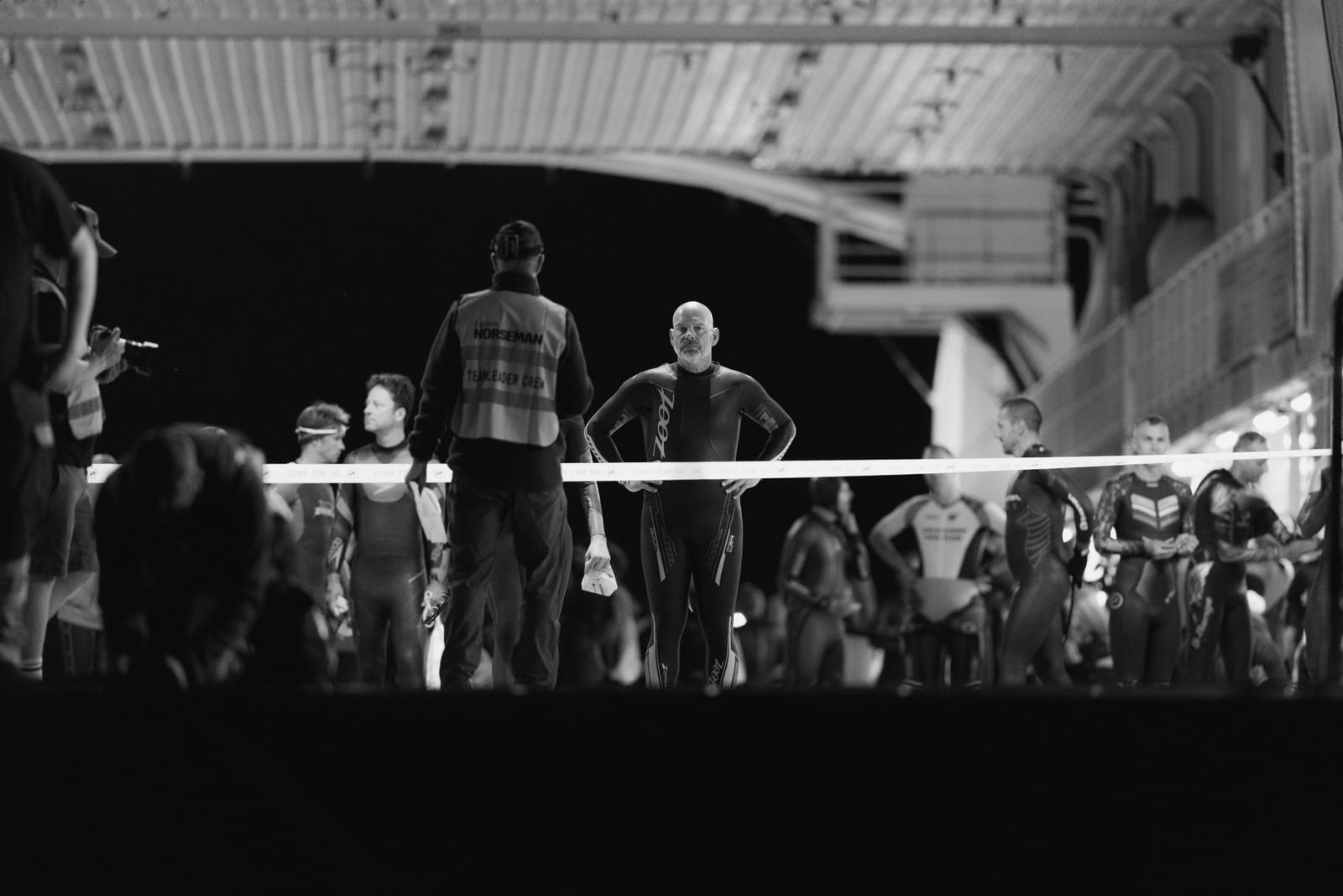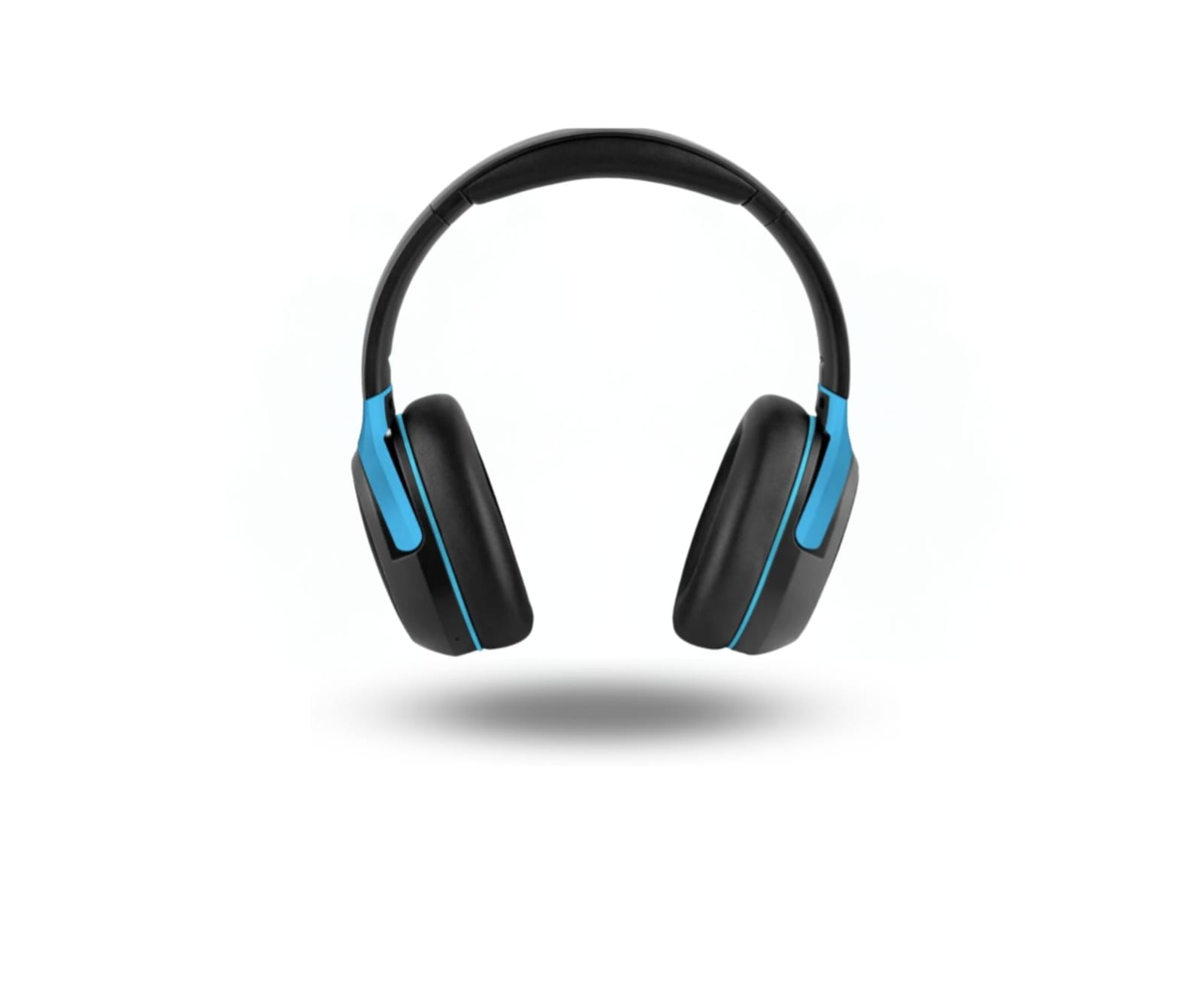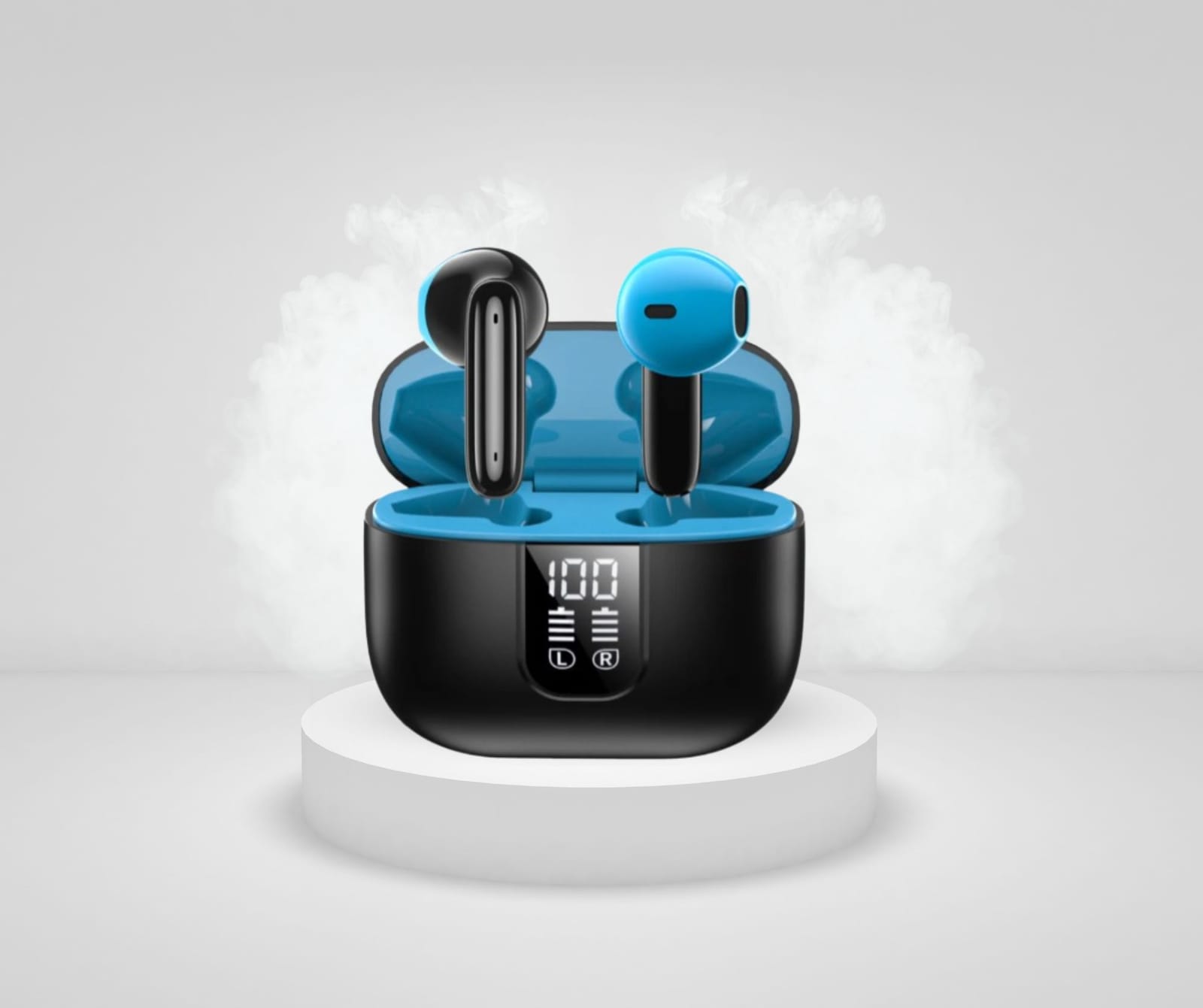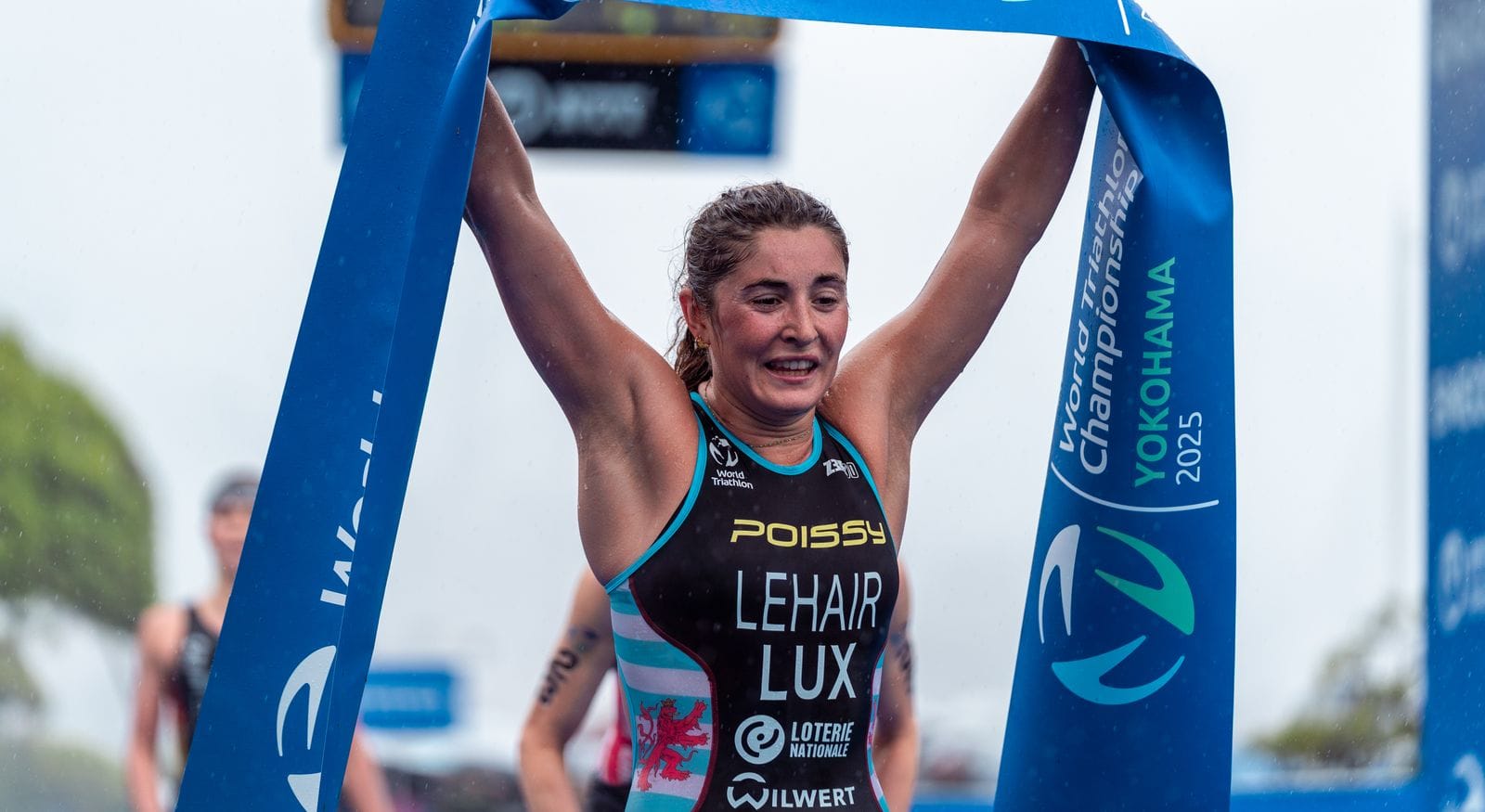The (already award winning) PowerGrid Cortana has been released as a “supportive cushioning” shoe. When compared to the popular ProGrid Kinvara, this shoe feels a little more substantial, and hints at a slightly longer lifespan. However, it remains a super light training option, weighing in at about 300g (Men’s size 9.5), falling closer to a “lightweight trainer” than a traditional cushioned neutral shoe (ASICS DS Trainer – 285g; neutral trainer option from ASICS the Gel-Nimbus – 340g).
The Cortana maintains the same reduced pitch as the previously released and hugely popular ProGrid Kinvara. Technically, this means there is less of a height differential between the heel of the shoe and the forefoot. This is a key aspect of minimalist shoe design, that, surprisingly, is often missed. To put this into perspective, Saucony has given the Cortana a 4mm drop – sitting your heel just 4mm above the forefoot. This is the same height differential that is common to many racing flats, whereas a traditional “neutral trainer” would typically have a 10-12mm height differential. This can’t be understated – in the Cortana (as in the Progrid Kinvara/Mirage) this 4mm drop is over 60% less than in a normal neutral training shoe. In terms of “feel,” this helps to encourage a more natural gait, and allows the runner to easily incorporate a little more “forefoot” emphasis into their gait, without really trying. Nice.
Fit and Feel
The upper incorporates “Sauc-Fit” – basically helping to lock the heel and mid-foot onto the midsole platform. This translates into a snug fit overall. There’s enough forefoot width, while at the same time I’m not left swimming in the shoe. The material feels breathable, but a little more secure than in the Kinvara – which some have found to be not quite as much support as they are looking for in a training shoe. The “Comfortride Sockliner” is an exclusive open cell foam sockliner, is antimicrobial (always nice) and seems pretty breathable.
Midsole
For someone coming out of a “normal” shoe, this will feel light, with a lot of forefoot emphasis and less rigidity than some of the more structured shoes on the market. The shoe incorporates Saucony’s PowerGrid with PowerFoam technology, which basically means it’s light, and provides the runner with great cushioning and a responsive feel.
Outsole
The PowerGrid Cortana has an IBR blown rubber compound in the outsold. This is hard wearing and will provide a bit more durability than the ProGrid Kinvara, falling in line with Saucony touting the Cortana as a bit more of a high mileage option.
Colour and Appearance
The shoe looks reasonably progressive and “racey,” but holds onto the roots of a traditional trainer. Despite the shoe having a bit more of a forefoot emphasis, Saucony have still played on the aesthetics of having “heel technology” by changing the colourway of the midsole through the crash-pad of the heel. This hints to the consumer that although the shoe is light and flexible, it is going to forgive you for the odd heavy heel-strike and suit a variety of runners. Personally, I’m not sure about the new “hue blending” that is popping up on a lot of shoes these days. Call me a traditionalist, but I prefer the stronger, more block colours. Overall though, the men’s model looks as good as any of the shoes on the market at the moment, and the women’s model looks edgy and a little brighter, perfect for the brighter days ahead.
The Run
Having been notoriously picky about my shoes, I approach new models with a bit of reservation. I often find myself thinking “what would someone else think of this” rather than: “what do I think of this?” Not this time. I put the shoe on, it feels natural. There’s enough width in the forefoot, the 4mm drop feels good. I’m reminded of a more forgiving, cushioned version of the Saucony Grid Type A4 racing flat from – a long-time favourite. The shoe feels very cushioned, but I feel flat, level and naturally positioned. Heading outside and I start to tick over a few strides – it feels natural. I can maintain a quick turnover, the shoe allows me to run tall, and I don’t have to force my form. It comes easily.
The run continues for a hilly 11km. The shoe feels cushioned, light, responsive and most importantly to me: natural. As a big fan of some of the more minimal approaches to running shoes, the PowerGrid Cortana stacks up well. It’s a softer, more forgiving option for sure – but when compared to the more traditional neutral high mileage training shoes, feels like a high performance machine.
Who’s It For
The Saucony PowerGrid Cortana is a great shoe for the runner who is conscious about running efficiently, wants a lightweight, high-mileage training shoe and wants it to last a little longer than some of the other models out there. The Cortana will help a range of runners run smoother, with a quicker turnover and less impact. There’s enough cushioning under foot to be a great option for a slightly bigger runner or someone who is just starting to work on their running form. It also will make a fantastic longer distance “natural” training shoe.
With a more neutral platform, it may be less suited to someone who is traditionally a heavier pronator, although the footbed seems to have ample room to accommodate an orthotic. Furthermore, a runner who generally uses more pronation control and is used to a heavy focus on the heel cushioning in their shoe may benefit from the reduced pitch and increased flexibility that the Cortana offers.
I’ve been waiting patiently for the release of Saucony’s Cortana and I haven’t been disappointed. It’s great to see a top-end, neutral training shoe incorporate some progressive design features that have already seen phenomenal success in Saucony’s minimalist inspired range. The reduced drop in the shoe, it’s lightweight feel and flexibility all combine to produce a shoe that is different from anything else that is out there at the moment. Different in a good way!
Shoe Type: Neutral Cushioned
Price: RRP $259
Weight: ~300g for men’s size 9.5, ~27g for women’s size 8.
Similar Shoes: To an extent..: Mizuno Wave Rider, Saucony ProGrid Kinvara, On Cloudrunner, Newton Neutral Trainer


